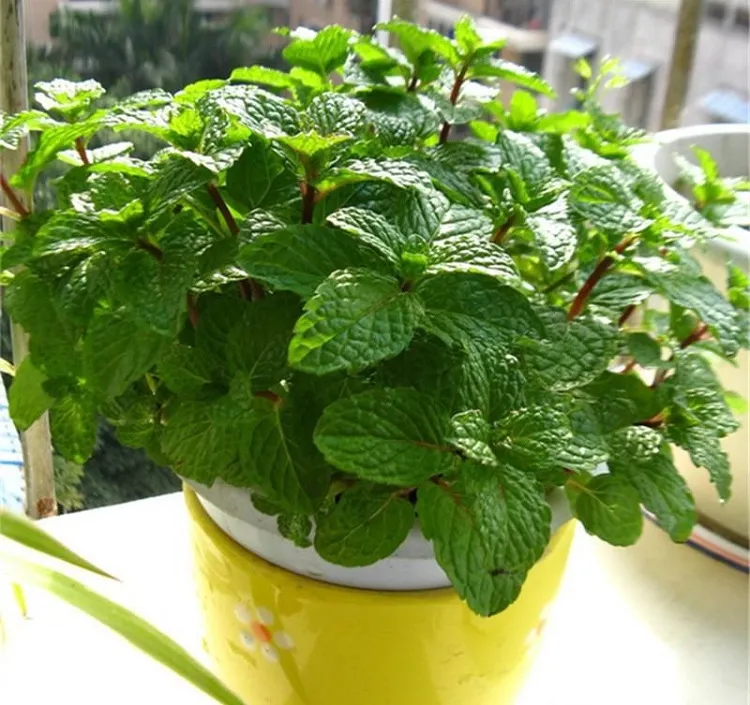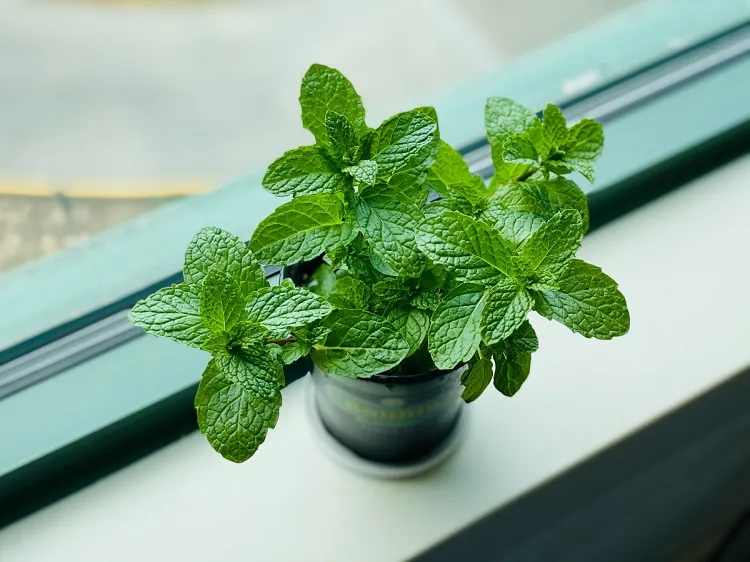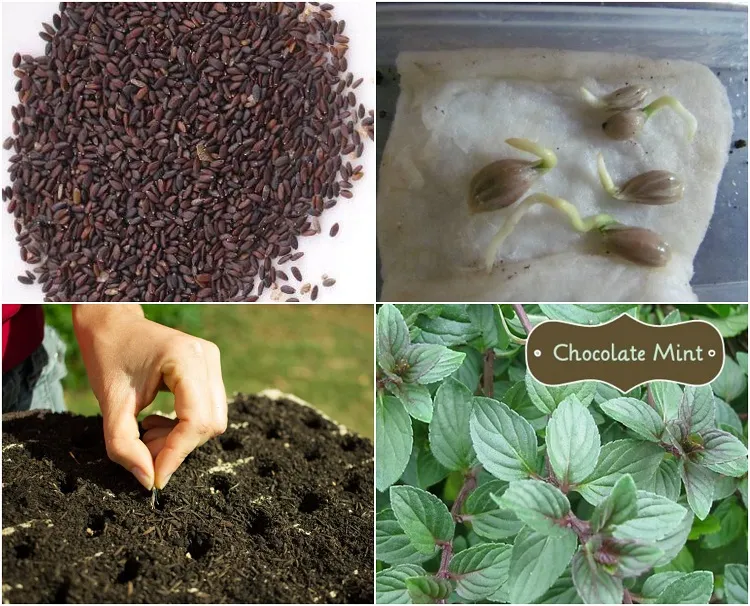Growing mint from seed indoors is an endeavor that rewards you with a fresh and fragrant herb for your tea and seasoning throughout the year. What is the way to germinate the plant fast, achieving the ideal conditions to grow it at home? Although mint is generally easy to develop from seeds, there are some tricks in this regard that you’d better know.
Can You Grow Mint Indoors?
Mint is among the favorite herbs to be grown, and it thrives well not only in gardens, but indoors. When cultivated in pot at home, it will enjoy you with its dark scented greenery all year round. This plant is appreciated for its refreshing quality and benefits for culinary purposes, as well as like a medicinal herb. Growing it in the kitchen or other room gives an ideal opportunity to have fresh, aromatic leaves at your fingertips for use in your dishes, and as a calming tea for your stomach and lungs. Knowing the proper way of growing, you can have a delightful indoor mint micro garden. But prior to embrace the journey of indoor mint growing, let’s learn some fundamental conditions to have a success in our endeavor. What are the specific requirements of this herb to thrive? What kind of care should it be provided to flourish in your kitchen as lush and fragrant as it is outdoors?
- Select a suitable location. This scent plant likes bright, though indirect sunlight. So, find a spot near a window with filtered light, or you may supply it with artificial grow light. This is needed, as direct sun can cause its leaves to scorch and wilt.
- Choose the suitable pot. The herb has the habit to spread fast, so you should place it in an individual pot to prevent it from overgrowing other plants. Search for a container with a good drainage, because overwatering can easily lead to a root rot.
Is Mint Easy to Grow from Seeds?
Growing mint from seeds indoors may be a delightful initiative, and it’s a comparatively straightforward process. It gives the possibility to experience the entire development cycle of the plant. The seeds are easy to be purchased from garden centers. You can select from a number of species, some of the most known of which are spearmint, peppermint, and chocolate mint. Each of them differs with its individual flavor. Prior to sowing the seeds, submerge them in water for about 24 hours to speed up the germination. You can sow them in the container or tray, where they will live as adult plants. Place a well-draining potting mix in the container, and sprinkle the soaked seeds over the soil, gently pressing them inside. The other way of growing them is to sow in starting trays with detached cells where there is enough space for each seed to develop. Keep the soil moist all the time, but not overwatered. They are expected to germinate after 10–15 days, though some varieties need some more time for this. When you observe that the seedlings have developed 3–4 sets of true leaves, it’s time to thin them out, choosing the strongest plants to grow.
How Do You Germinate Mint Seeds Quickly?
If you’re curious to learn the way of growing mint from seed indoors, it would be beneficial to know the techniques to promote faster germination:
- Pre-soaking seeds. As was already said, pre-soaking this herb’s seeds for 24 hours before planting can accelerate the germination. It makes the seed coat soft and starts the sprouting mechanism.
- Pot bottom heat. Mint seeds are susceptible to warmth in soil, which is also a factor that makes the germination faster. When you enhance the bottom heat of the pot, this speeds up the process efficiently. Set the temperature between 70-75 °F (21- 24 °C) to achieve the best warmth conditions for sprouting.
- Water retention. In order to provide a moist environment for the seeds while they germinate, cover the container or tray with a plastic wrap or a humidity dome. In this way, a mini greenhouse effect is achieved, and the enhanced damp improves the conditions for fast seedling growing.
- Sun or light exposure. Ensuring a source of ample sun or artificial light near the young plants, once they appear, will help them to develop strong and healthy. This can be a sun-lit spot near the window or a fluorescent grow light.
- Growing mint from seed indoors: ventilation. While you are trying to maintain high humidity for your young plants, stuffy air can easily cause a mold growth. So, it’s vital to ensure a ventilation by slightly moving the plastic wrap or dome from time to time for an air circulation.
Read also: DIY Indoor Herb Garden: Grow Aromatic Additions for Your Dishes at Your Fingertips
And: How to grow a herb garden – design ideas for outdoors and indoors




